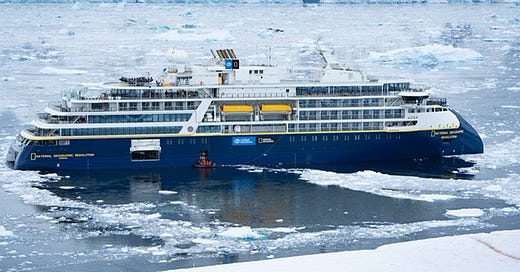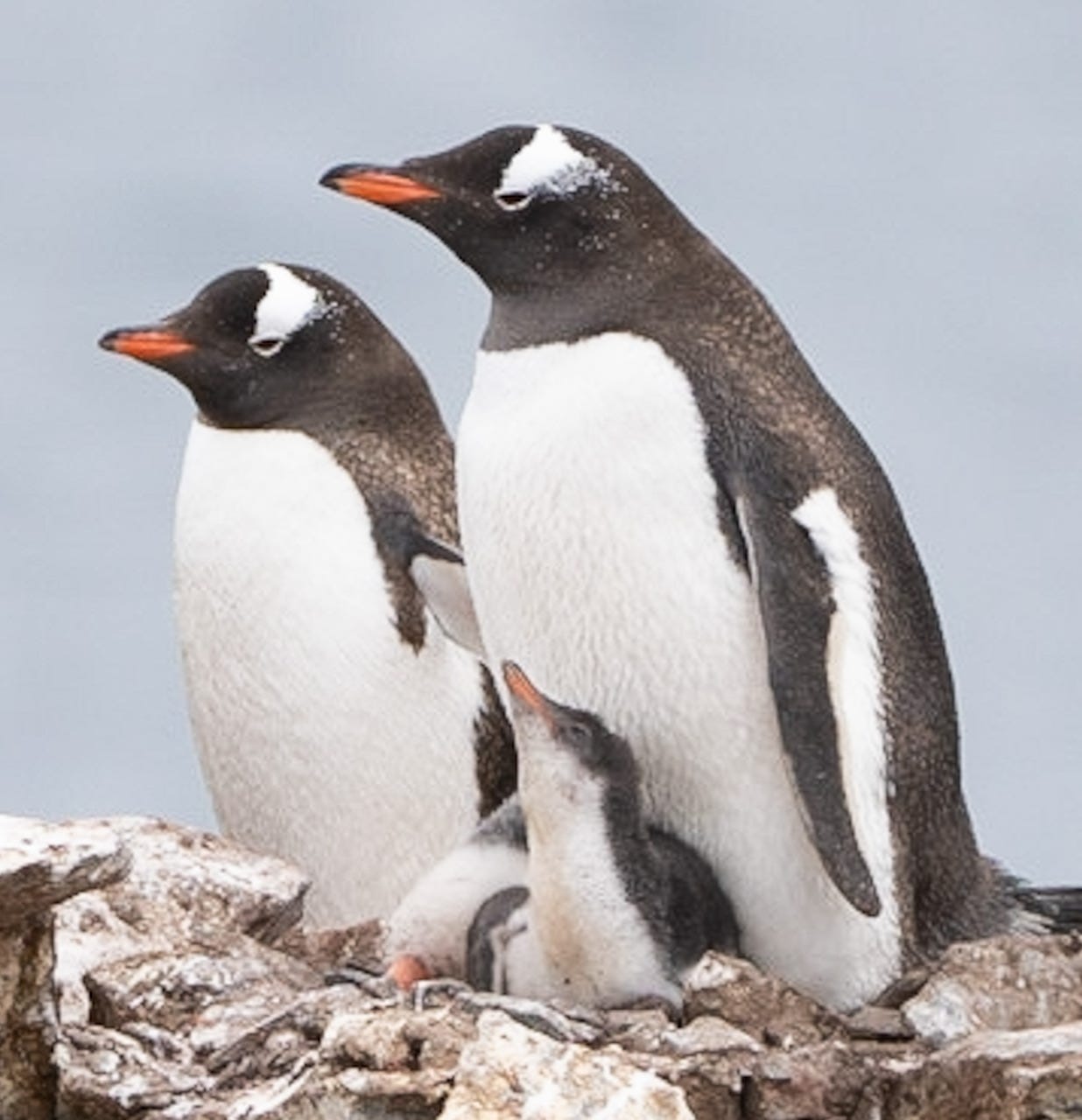Worlds Elsewhere photo journal: comprehensive photos of our adventures
Instagram: @worldselsewhere
*********
PSA: Our previous post, titled “Patagonia”, may have been routed to your Spam (for gmail users, Promotions) folder.
*********
Throughout my childhood, my family had a subscription to National Geographic; I would dust around the magazines on our coffee table and pore through the gorgeous photos. Each issue was a treasure: opening one meant plunging into fascinatingly surreal worlds, leading me to dream about traveling far from St. Louis one day.
Thus, it seemed poetic that we were to sail to Antarctica on the National Geographic Lindblad Resolution, a polar-class ship operated as a joint venture between the magazine publisher and Lindblad Expeditions.
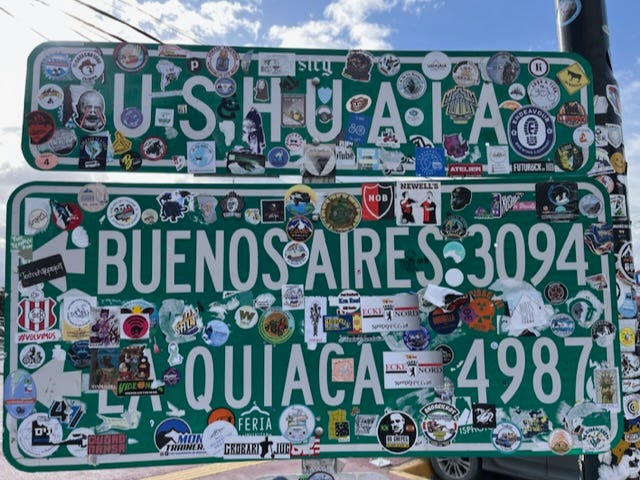
Our cruise’s National Geographic representative, John Francis (a marine biologist and recently retired Vice President for Research, Conservation and Exploration at the National Geographic Society), prepared us as we sailed across the Drake Passage. He started by “setting the room tone”, giving 10 seconds of silence to mentally shift our orientation. John reminded us how harsh the environment, and therefore how challenging survival, is for the animals. He asked us to bring respect for their existence and their survival skills, to remember that we are visitors to their domain.
John’s gentle nudge toward empathy reminded me that each of us are also trying to survive in environments we find difficult and, with the proper room tone, with humility and respect for each other, we can grow.
Antarctica was a constantly mesmerizing full-body experience. One moment, we were hypnotized watching enormous tabular icebergs and smaller floes pass by the ship; the next, racing to see a pod of killer whales frolicking at the prow. Meals (every seat had a water view) brought spectacles of penguins and whales coursing through the ocean.
And oh, the Antarctic animals! Humpback whales, killer whales, menke whales, sei whales, fur seals, leopard seals, sea lions, petrels, albatross, skua, and countless gentoo, Adelie and chinstrap penguins, all in their native habitat.
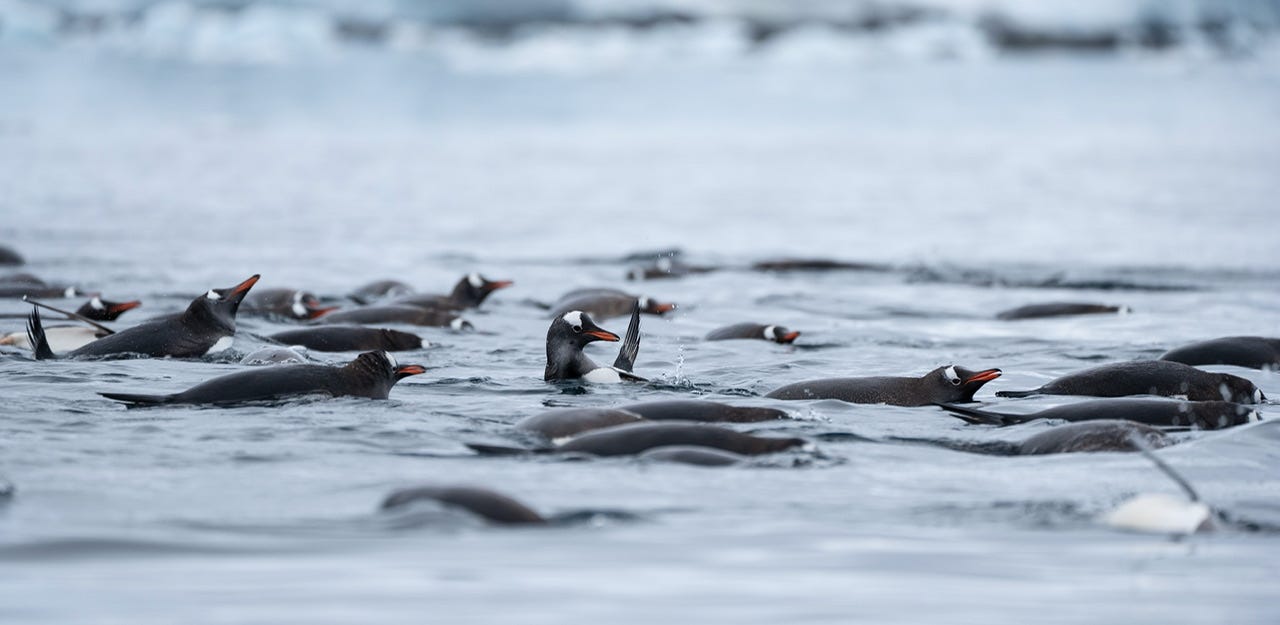
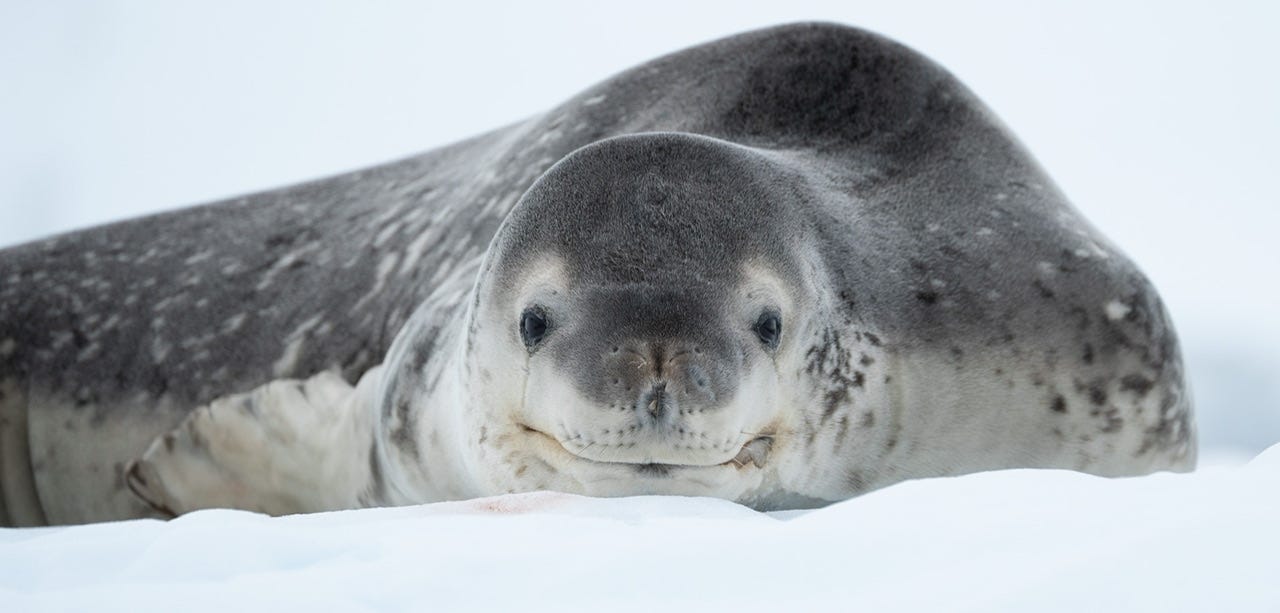
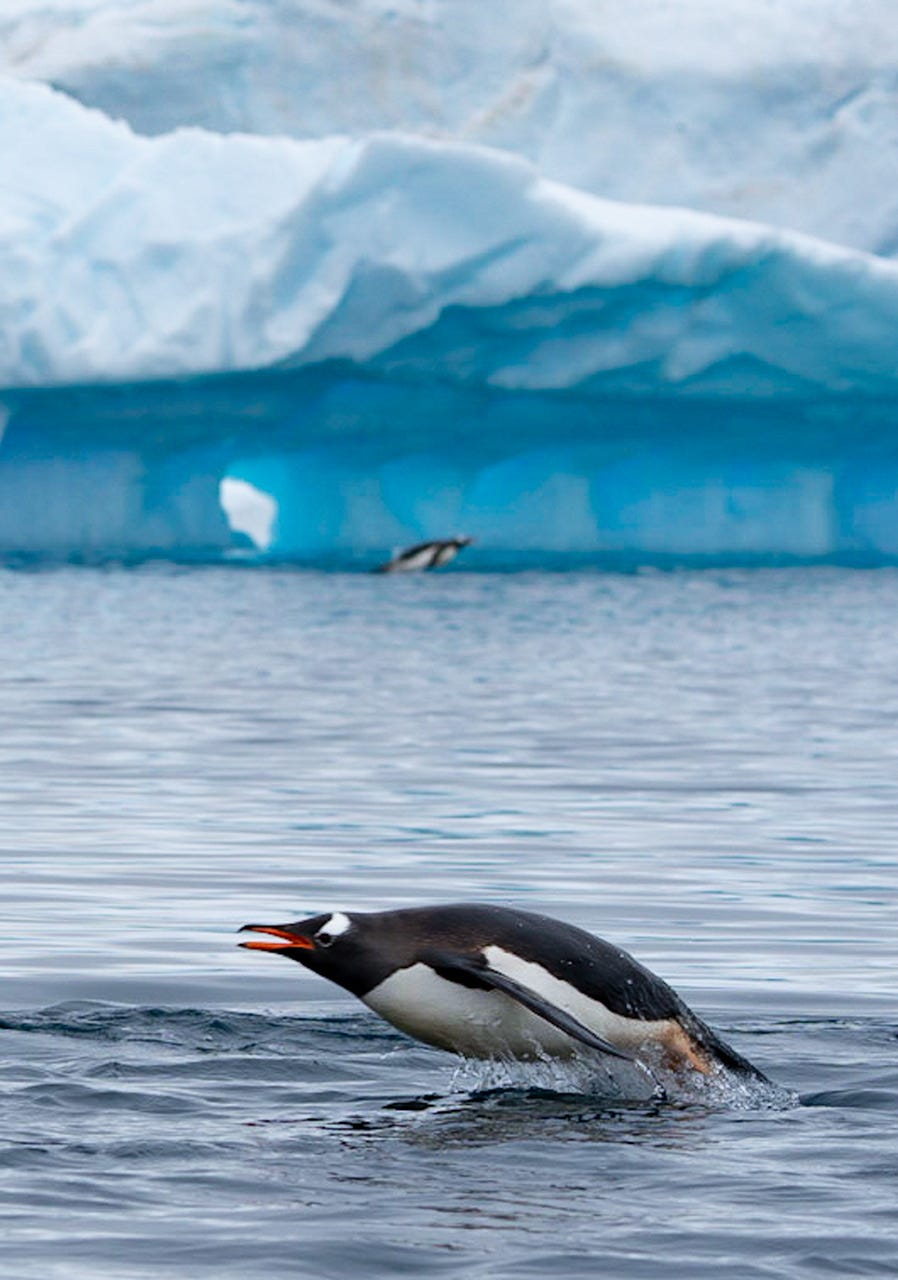
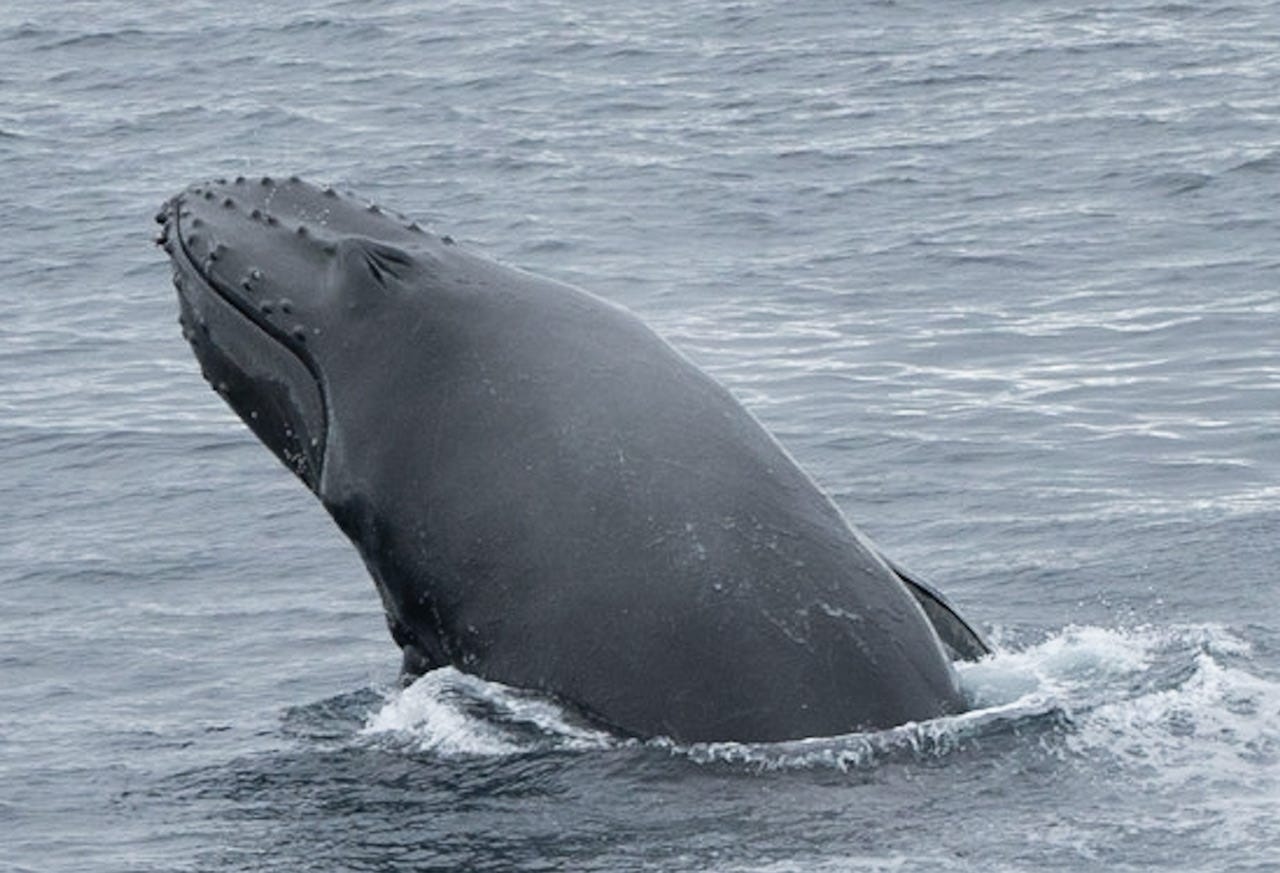
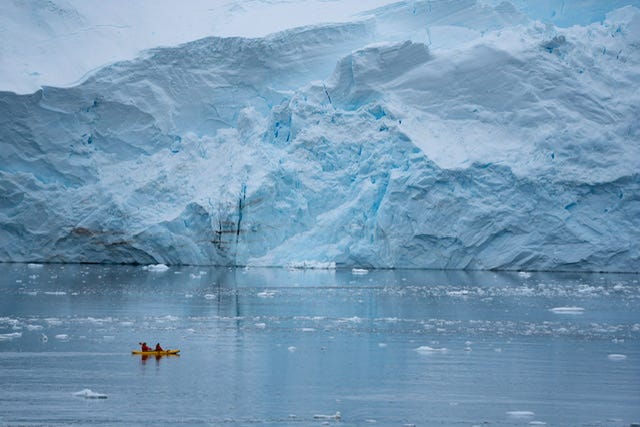
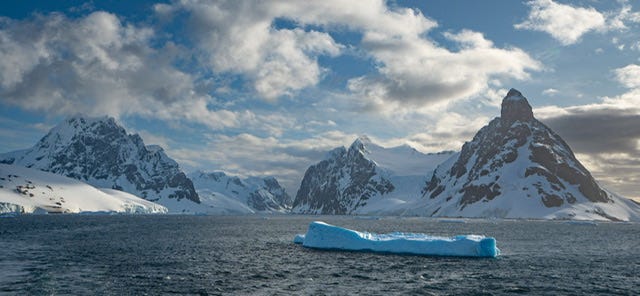
One of our favorite parts of the journey: Theo read aloud from the book Shackleton’s Boat Journey each night, enthralling me and Hudson with this first-person account of inexplicable endurance and courage in the face of almost certain death. We also enjoyed daily presentations on Antarctic history, ranging from the early explorers’ ventures to the devastation of industrial whaling to current multi-national scientific endeavors. Fun fact: a colony of 1.5 million penguins was recently discovered using artificial intelligence, and subsequently corroborated by ground expeditions.

While on board the Resolution, I picked up a past issue of National Geographic in the library and read about Paul Salopek’s Out of Eden Walk. Salopek is trekking 24,000 miles on foot from Africa to the southern tip of South America (currently, he is in China; his sobering post on Myanmar terrifies), “retracing our ancestors’ global migration”. Salopek’s reminders resonated even as we traveled an area devoid of human settlement: Tread lightly, share, remember, and “be careful what you lock in” when building walls; kingdoms rot from within when chasing the false and impossible concepts of “blood purity” or dogmatic (religious, cultural, racial) superiority. His writing reminded me of the history of Seville, Spain.
While the remoteness and cold of Antarctica has kept at bay humanity’s desire to conquer, our impact nevertheless threatens this land. The fragility of the Antarctic environment was uppermost in mind throughout the journey. The Nat Geo/Lindblad crew meticulously took care that we would not track anything into the ecosystem; we thoroughly decontaminated our outerwear before starting out and then after each expedition. We were not allowed to place any objects on the ground and couldn’t sit or kneel when on land. Of the many contaminants we could introduce, perhaps the worst is avian flu, which would destroy penguin populations that have no immunity.
Climate change is an even greater existential risk. We learned that ocean algae, threatened by warming waters, absorbs 20 times more carbon than trees, and feeds crustaceans which in turn feed birds and penguins. However, the polar regions are warming at 2-3 times the rest of the world, which is especially disturbing because Antarctic ice protects the planet by reflecting solar radiation. Fires and fossil fuel consumption damage the ice.
We regularly ask ourselves: what does this experience inspire me to do? Experiencing Antarctica heightened my appreciation for the fragility of the area and the consequences of human damage. I am inspired to refer anyone whose companies seek to reduce their carbon footprint to southpole.com, an organization recommended by John Francis that develops and implements emission reduction projects. We were excited to learn they have a partnership with another organization we support: panthera.org, which works to protect big cats throughout the world and which we first learned about at Estancia Cerro Guido in Chilean Patagonia.

